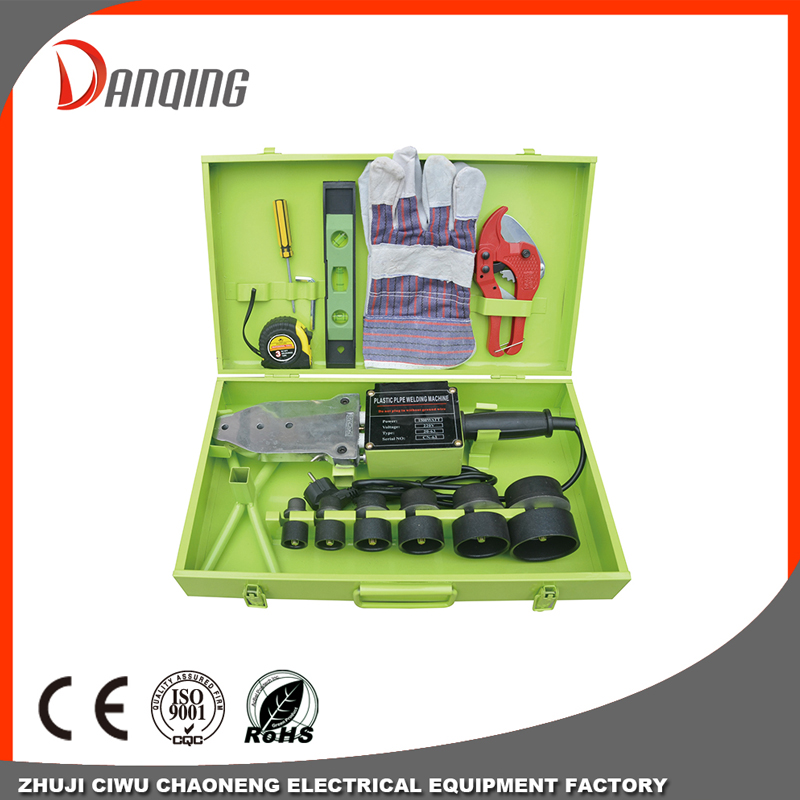Butt welding operation procedure of PE hot melt machine
The connection interface of the PE hot melt machine for […]
The connection interface of the PE hot melt machine for hot-melt butt joints is flat. The method is to heat two identical connection interfaces with a hot plate to a viscous flow state, remove the hot plate, and then apply a certain pressure to the connection interface. Cool and solidify in a state to form a firm connection.
Before the PE hot melter is heated, the two ports of the pipeline to be welded need to be milled, so that one is to make the welding surface smoother; the other is to remove the plastic oxide layer on the surface of the port to make the same molecule melt more completely. The main processes of the entire welding process of the PE hot melt machine are adjustment, heating, switching, joint pressure and cooling.

Since the material in the viscous flow state at the interface has flow and diffusion, but too much flow is not conducive to diffusion and entanglement, so the flow should be limited to a certain range, and the "post-melting welding" should be realized in the limited flow. Therefore, the key to the PE hot melt machine docking process is to adjust the three parameters of temperature, time, and pressure during the docking process. The performance, stress, geometry, and environmental conditions of the interface materials must be considered together to achieve reliability. Welding.
According to the general rules and the characteristics of the materials used, the welding quality should be evaluated. After reaching the system standard, the process specifications of each variety should be determined, and the production and installation of the welded pipes should be carried out according to the specified process parameter methods and steps.
Whether the PE hot melt machine is a manual type or a hydraulic type, the heating plate and the milling cutter are necessary. The difference is that the former depends on manual control, and the latter is powered by the hydraulic system to achieve semi-automatic control, especially for larger diameter pipes. It requires a lot of pressure during milling, heating and cooling, and it is generally difficult to achieve by manpower.

